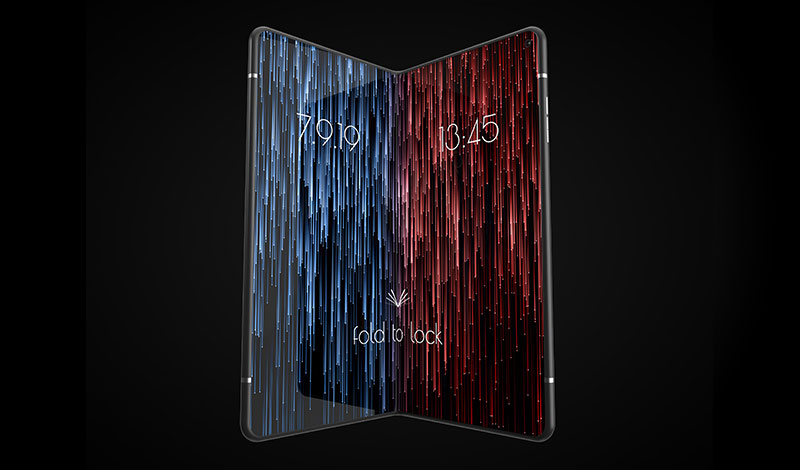
Posted on
As manufacturers look to introduce exciting new features to customers and increase device lifespan in consumer electronics applications, thin film coating requirements are beginning to change as well. Durability and performance continue to be critical but flexibility and ultra-thin coatings are increasingly in demand.
Emerging display applications are seeing new form factors and a heavy shift towards thinner, lighter devices overall, which is creating all-new process demands for manufacturing organic light-emitting diodes (OLEDs).
Display Market Update
There are a few major trends driving innovation and consumer demand in the display market:
- Foldable/flexible displays: These are displays built on flexible substrates – they tend to be very light and thin, but they also need to be durable to maintain performance and withstand near-constant use.
- Slide-out displays: At last year’s Mobile World Congress, TLC planned on unveiling a next-generation smartphone with a slide-out display that would enable bigger screen size and transform it into a tablet. The design still relies on a flexible OLED panel but offers additional versatility compared to a flexible or foldable screen.
- Scratch-resistant displays: Scratch-resistant glass has always been a key feature for many displays in consumer electronics. The market is expected to reach $8.7 billion USD by 2025, thanks to growing demand for OLEDs and wearable devices. Diamond-like coatings are one technology that can help extend product life, thanks to high hardness, low friction and high corrosion resistance.
- Ultra-thin displays: These next-gen display types are still mostly in the R&D stage, but could help make devices lighter and reduce form factors in electronics. Apple is currently developing a micro OLED display that is built directly onto chip wafers, for use in AR and VR headsets. They’re also working on microLED displays, which are similar to OLEDs in that they are self-emissive, but they offer higher brightness and are more energy efficient.
Thin Film Coating Technology for OLED Displays
In a typical, flat OLED display, each diode is encapsulated in glass in order to ensure performance over a longer lifespan. But in flexible or foldable displays, glass does not work as a seal. Instead, manufacturers need to use thin film technology to create a flexible, durable hermetic seal.
It’s critical during the thin film deposition process to maintain good adhesion and create defect-free coatings in order to improve device yield. The films need to be completely free of cracks to ensure performance, especially for flexible and foldable displays, where the coatings will be under variable stress, due to the folding.
Plasma ion beam deposition technology offers the best performance for coating OLED displays for these emerging applications. It offers low stress, excellent durability and high repeatability and process control. PE-CVD technology also offers strong performance, but plasma ion beam technology provides a much better water vapor transmission rate to extend the lifespan of the end-user product.
Plasma Ion Beam Assisted CVD Solution for Flexible and Ultra-Thin Displays
Denton Vacuum’s plasma ion beam CVD (PIB-CVD) solution can coat OLEDs for display applications by depositing a diamond-like nanocomposite layer between two SiONy dielectric layers to protect the diodes. Our system provides better process control, performance and efficiency compared to other production-ready tools and also features a lower cost of investment, helping you lower your total cost of ownership.
Contact our team to learn more about configuring plasma ion beam technology for display applications.